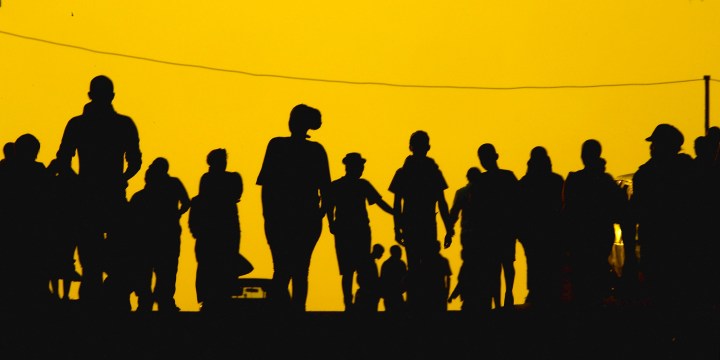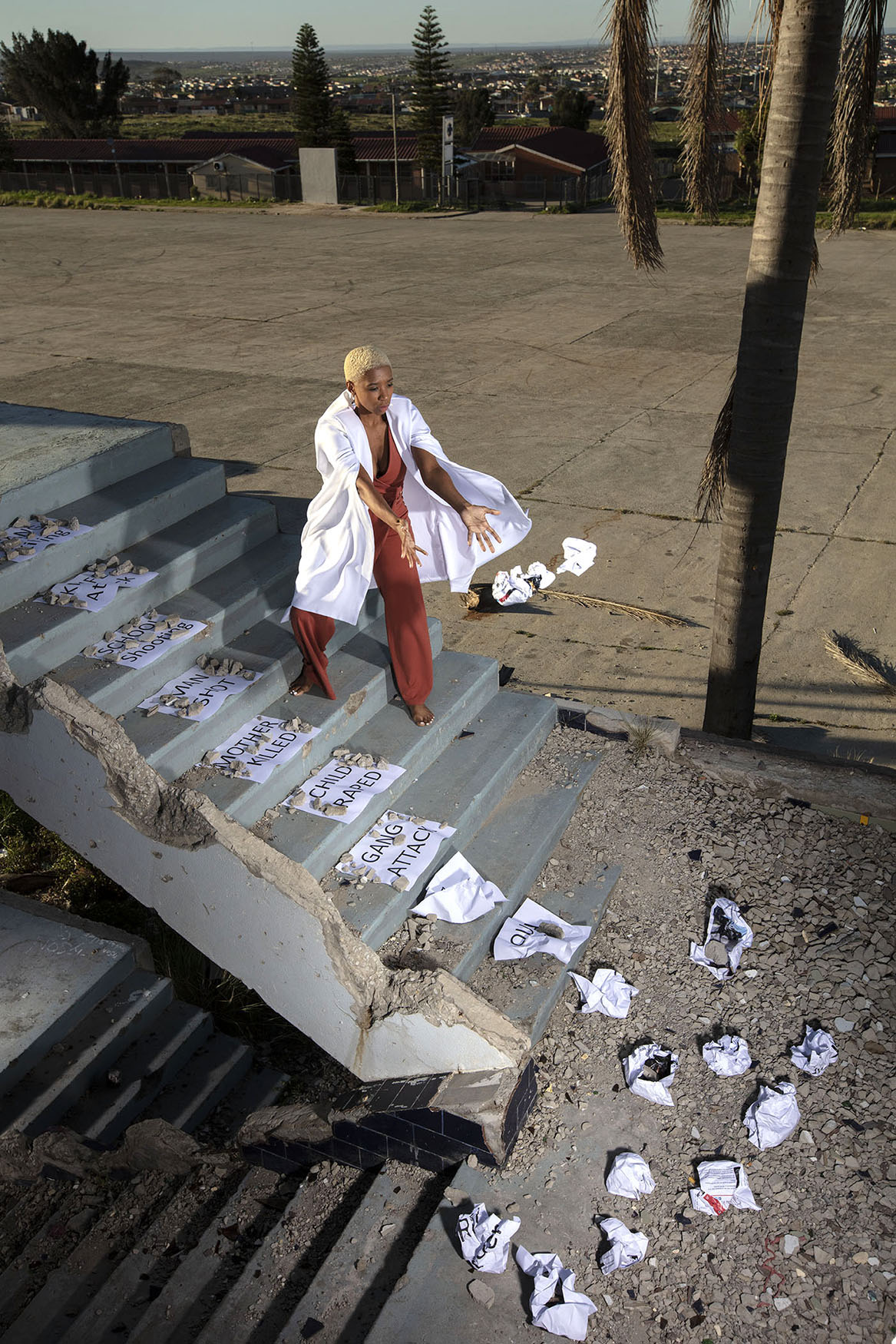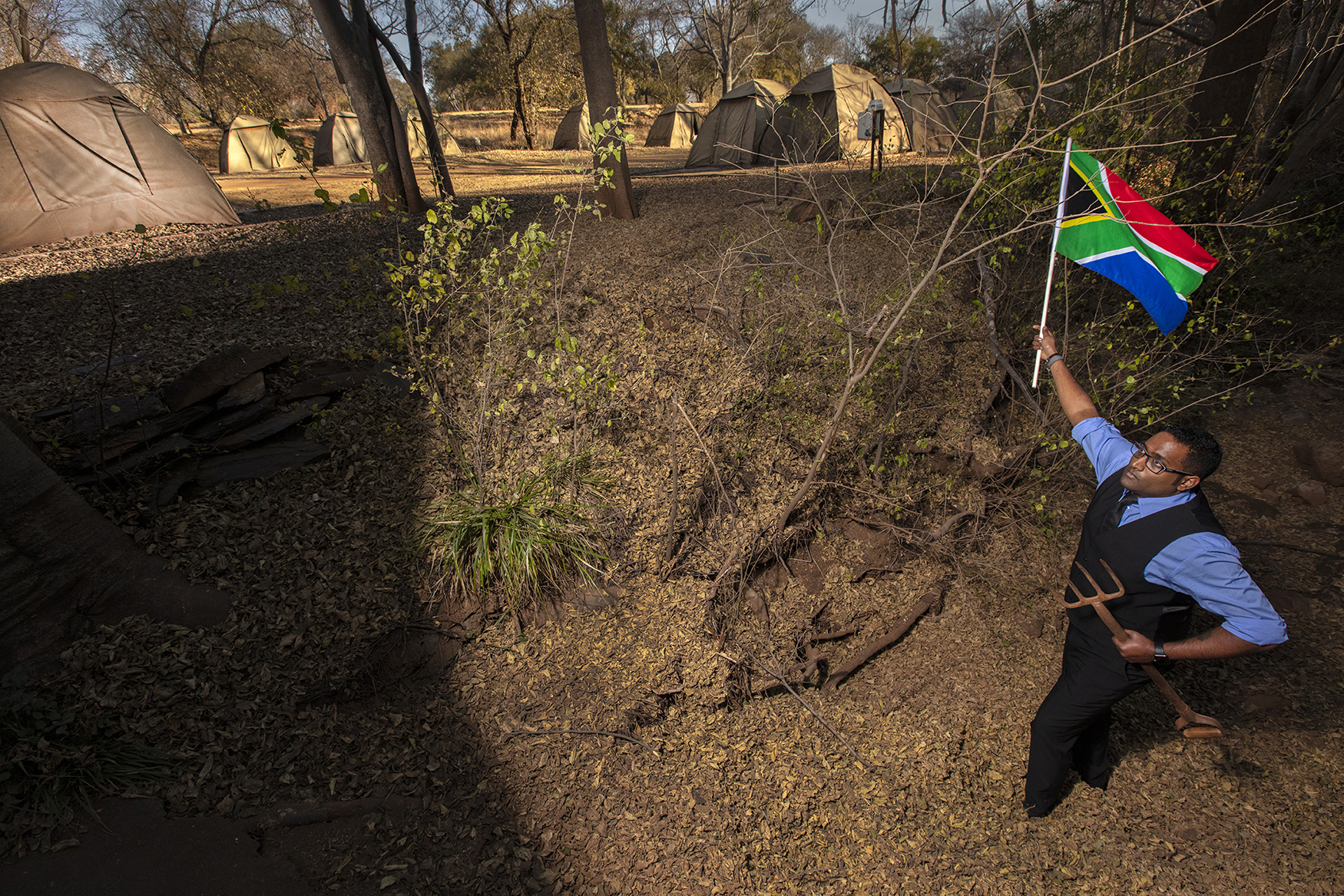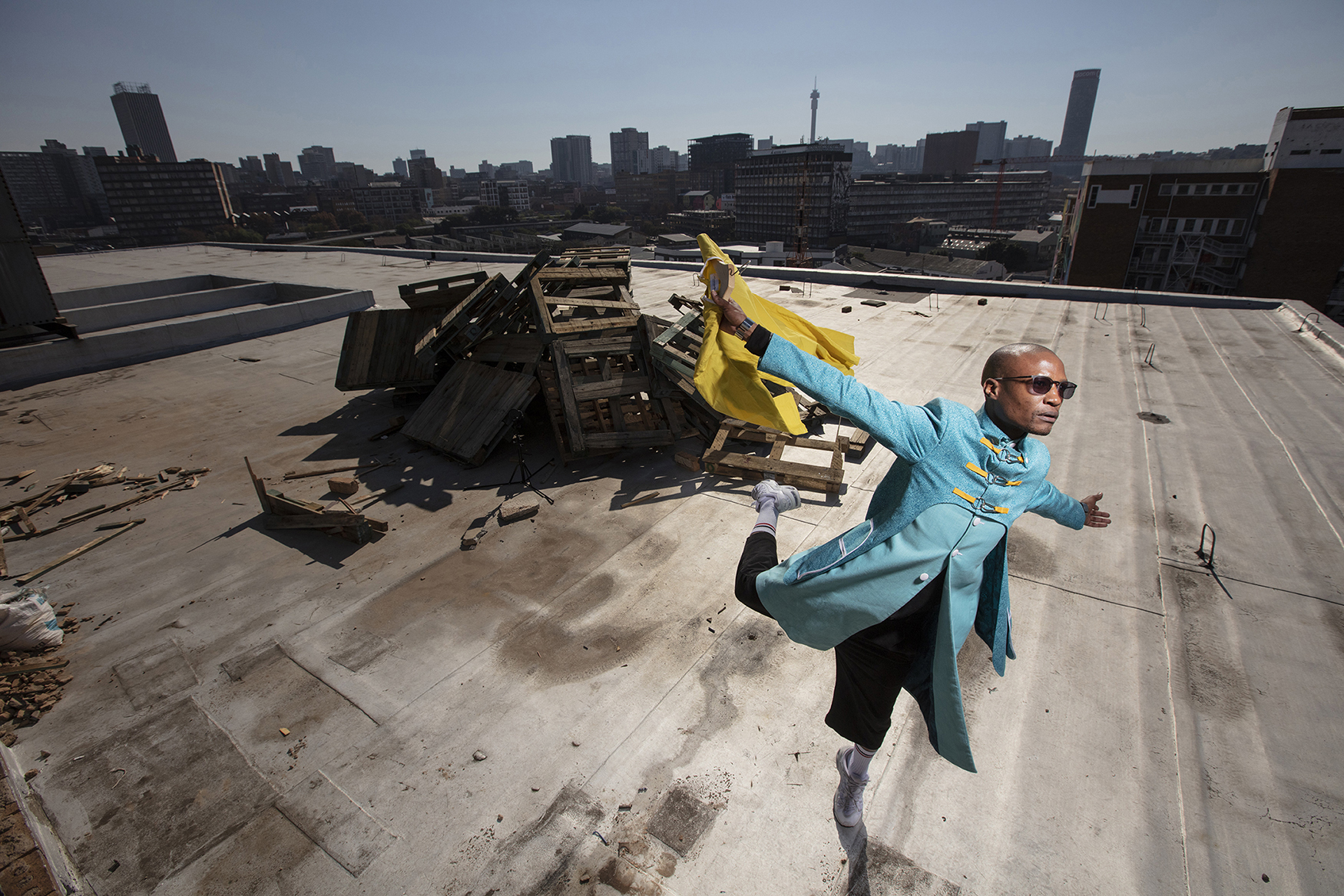ATTACHED TO THE SOIL OP-ED
US professor guides SA youth to express what they want using art

In 2019, 48 engaged, passionate and hopeful young South Africans collaborated with me, resulting in a series of 50 works of art titled ‘Attached to the Soil’.
I am not a citizen of South Africa; I am a citizen of the United States of America. However, I was privileged to serve in your country for seven months in 2019, as I travelled through all nine provinces, as a US Fulbright Scholar hosted by the Tshwane University of Technology and Nelson Mandela University.
After this experience, as South Africa celebrates Youth Day in 2022, I feel morally bound to share the deeply held aspirations of the South African youth who I listened to and collaborated with. In that year, 48 engaged, passionate and hopeful young people collaborated with me, resulting in a series of 50 works of art titled Attached to the Soil, which will be displayed in art galleries of the Durban University of Technology, Nelson Mandela University, North-West University, Stellenbosch University, University of the Free State and University of Pretoria in August and September.
Each work speaks to the aspirations of the youth collaborator, expressed in their choice of a soil-related metaphor, and to the realities of the lives of our third collaborators, subjects from infants through to octogenarians. These are conveyed through photographic portrayals and oral history-based stories.

Cairan Edwards, Nelson Mandela University, ‘A seed planted among rocks, surrounded by thorns and weeds, can still climb above them all and blossom with Heaven’s light.’ (Photo of Mariloe Booysen: 2019, Peter Glendinning)
The bedrock of that project, from which the title Attached to the Soil is drawn, is the aspirational metaphor shared by Nelson Mandela in the very first words he spoke directly to his fellow South Africans once his hand was lowered after taking the oath of office and he was speaking as President.
As a US citizen, I was no different from those many citizens of every nation on Planet Earth at that time, anxiously wondering what he would propose for his vision of the future of South Africa. I met many South Africans of all races during my travels in 2019 who were old enough to remember that day, and who shared their anticipation as to what he might say as he assumed the presidency. In his wisdom, Madiba proposed a metaphor that expressed his understanding of, and aspirations for, South Africa.
In the first words directed to his fellow citizens, he said:
“To my compatriots. I have no hesitation in saying that each one of us is as intimately attached to the soil of this beautiful country as are the famous jacaranda trees of Pretoria, and the mimosa trees of the Bushveld. Each time one of us touches the soil of this land, we feel a sense of personal renewal.”
Of course, the jacaranda tree originates from South America, and the Mimosa pigra is a species native to South Africa. I’ll leave it to the reader to determine which peoples might be best represented by the stinkwood and fever, baobab and marula trees, and others, each of which lives and draws the sources of their life from your one soil.
It is almost 30 years since then and the Freudian question that has perplexed some, “What do South African youth want?” is again being raised. Sigmund Freud is said to have opined: “The great question that has never been answered, and which I have not yet been able to answer, despite my 30 years’ research into the feminine soul, is: ‘What does a woman want?’”
Pure speculation here, but perhaps he may not have been able to discern what women wanted, not because they were unwilling to share it, but because of his own inability to take seriously the important act of listening to a group whom he viewed as being so inconsequential. As Freud described them, “Women oppose change, receive passively, and add nothing of their own.”
With the substitution of “youth” for the word “women” in that phrasing, one could reference a general description of the opinion of some “leaders” in and out of government concerning those aged 35 and under, and not only in South Africa. After all, who would take the time to listen and learn from a group that they view as having so little to offer, other than their votes?

M J Labuschagne, North-West University, ‘When the poison fruit trees of each culture are dug out by their roots, the soil will be returned to health and enemy camps abandoned.’ (Photo of Graham-Clinton Daniels: 2019, Peter Glendinning)
The problem with understanding what youth want, and who they truly are, is that it takes a personality trait that is not common among some of today’s “leaders”, that being the ability, indeed the enthusiasm, the sincerity, to simply listen.
By contrast, the content of each of the 50 portrait works that were created evolved entirely from listening to South African youth. Every one of the young people eagerly shared their aspirations and realities through their own soil-related metaphor, trusting that this foreigner would listen, and take seriously the baring of their souls, ranging through the full spectrum of joys, sorrows, hopes and disappointments that are all too familiar.
At the core of each young person’s individual aspirations, and uniting all of them, was the refrain: “I wish the old people would stop dividing us and just listen to us, we want to be together as one.”
Just two of many examples of the young people’s metaphors that I hope everyone listens to; the first from Tshwane University of Technology student Justice Khosa:
“The richest soil is the one that is made up of a mixture from different places, with different colours, different elements, different textures.”
The second is from Nelson Mandela University student Michela Nettle:
“The colonies ants build in the soil are systems that support them all, made possible because each ant lives more for others than themselves.”
Both make that point in beautiful ways.

Justice Khoza, Tshwane University of Technology, ‘The richest soil is the one that is made up of a mixture from different places, with different colours, different elements, different textures.’ (Photo of Ntando Ngwenya: 2019, Peter Glendinning)
Professor Adam Habib, currently the director of the School of Oriental and African Studies, University of London, wrote in his insightful foreword to the exhibit catalogue of Attached to the Soil, the artworks that resulted from listening to youth: “…present the national psyche in a completely different way. They suggest that South Africa comprises a people who want to belong, who desire unity, and want to live in peace with their neighbours whatever their identity, cultural expressions, or historical trajectory.”
He adds: “All of them want to live a better life, to do better by their families and loved ones. But they also want others in their midst to have the same.”
In seven months of collaboration with your South African youth, I learnt that what they want is to be listened to also, and if the elders were listening, IMHO, they would find it worthwhile not only for themselves but for the republic. DM/MC
Peter Glendinning is a professor of art at Michigan State University. The opinions expressed are his own, not those of MSU or the Fulbright Scholar Program. Attached to the Soil will be displayed in art galleries of Durban University of Technology, Nelson Mandela University, North-West University, Stellenbosch University, University of the Free State and University of Pretoria in August and September.





















 Become an Insider
Become an Insider
Comments - Please login in order to comment.